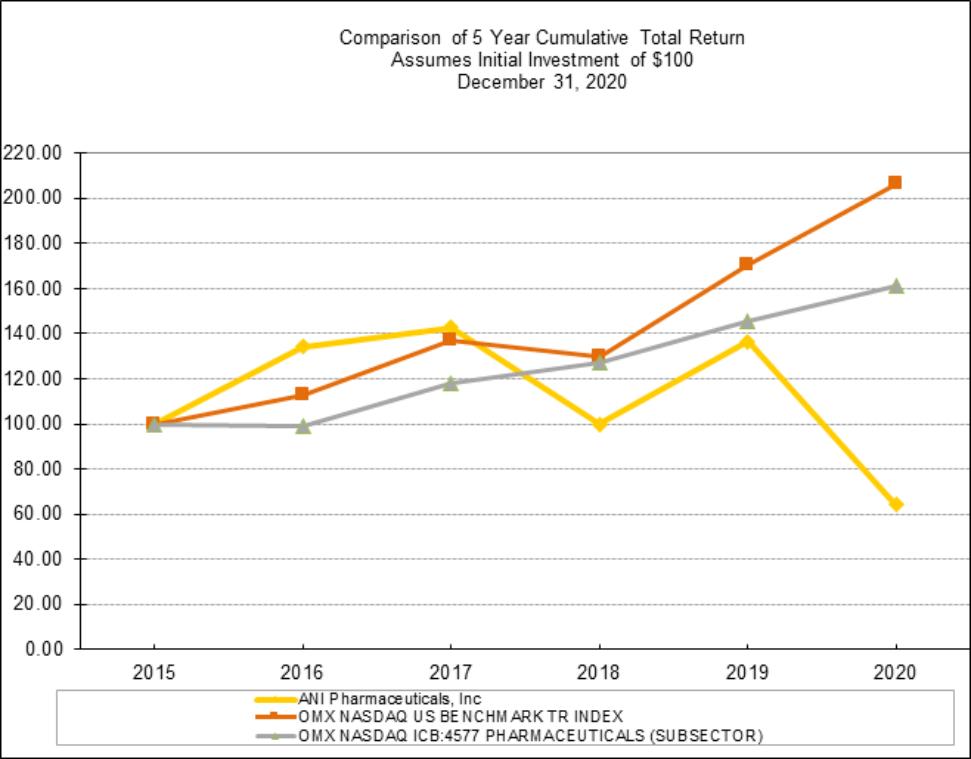If third-party payers deny coverage, substitute another company’s product for our product, or offer inadequate levels of reimbursement, we may not be able to market our products effectively or we may be required to offer our products at prices lower than anticipated.
Third-party payers are increasingly challenging the prices charged for medical products and services. For example, third-party payers may deny coverage, choose to provide coverage for a competitor’s bioequivalent product rather than our product, or offer limited reimbursement if they determine that a prescribed product has not received appropriate clearances from the FDA, is not used in accordance with cost-effective treatment methods as determined by the third-party payer, or is experimental, unnecessary, or inappropriate. Prices also could be driven down by health maintenance organizations that control or significantly influence purchases of healthcare services and products. If third-party payers deny coverage or limit reimbursement, we may not be able to market our products effectively or we may be required to offer our products at prices lower than anticipated.
We are subject to federal, state, and local laws and regulations, and complying with these may cause us to incur significant additional costs.
The pharmaceutical industry is subject to regulation by various federal authorities, including the FDA, the DEA, and state governmental authorities. Federal and state statutes and regulations govern or influence the testing, manufacturing, packing, labeling, storing, record keeping, safety, approval, advertising, promotion, sale, and distribution of our products. Noncompliance with applicable legal and regulatory requirements can have a broad range of consequences, including warning letters, fines, seizure of products, product recalls, total or partial suspension of production and distribution, refusal to approve NDAs or other applications or revocation of approvals previously granted, withdrawal of product from marketing, injunctions, withdrawal of licenses or registrations necessary to conduct business, disqualification from supply contracts with the government, civil penalties, debarment, and criminal prosecution.
All U.S. facilities where prescription drugs are manufactured, tested, packaged, stored, or distributed must comply with FDA current good manufacturing practices (“cGMPs”). All of our products are manufactured, tested, packaged, stored, and distributed according to cGMP regulations. The FDA performs periodic audits to ensure that our facilities remain in compliance with all applicable regulations. If it finds violations of cGMP, the FDA could make its concerns public and could impose sanctions including, among others, fines, product recalls, total or partial suspension of production and/or distribution, suspension of the FDA’s review of product applications, injunctions, and civil or criminal prosecution. If imposed, enforcement actions could have a material adverse effect on our business, financial position, and operating results. Under certain circumstances, the FDA also has the authority to revoke previously granted drug approvals. Although we have internal compliance programs in place that we believe are adequate, the FDA may conclude that these programs do not meet regulatory standards. If compliance is deemed deficient in any significant way, it could have a material adverse effect on our business.
The U.S. government has enacted the Federal Drug Supply Chain Security Act ("DSCSA") that requires development of an electronic pedigree to track and trace each prescription drug at the salable unit level through the distribution system, which will be effective incrementally over a 10-year period. All prescription pharmaceutical products distributed in the U.S. must be serialized with unique product identifiers. ANI started manufacturing serialization-compliant products in November 2018. The final requirement for tracking the products will commence on November 27, 2023. Compliance with DSCSA and future U.S. federal or state electronic pedigree requirements may increase the Company’s operational expenses and impose significant administrative burdens. In addition, if we are unable to comply with DSCSA as of the required dates, we could face penalties or be unable to sell our products.
Our research, product development, and manufacturing activities involve the controlled use of hazardous materials, and we may incur significant costs in complying with numerous laws and regulations. We are subject to laws and regulations enforced by the FDA, the DEA, and other regulatory statutes including the Occupational Safety and Health Act (“OSHA”), the Environmental Protection Act, the Toxic Substances Control Act, the Resource Conservation and Recovery Act, and other current and potential federal, state, local, and foreign laws and regulations governing the use, manufacture, storage, handling, and disposal of our products, materials used to develop and manufacture such products, and resulting waste products.
